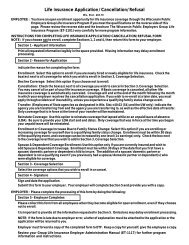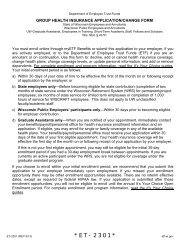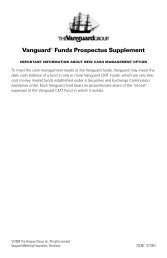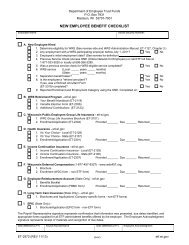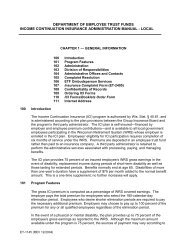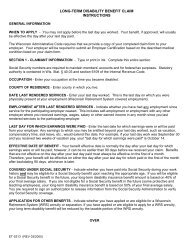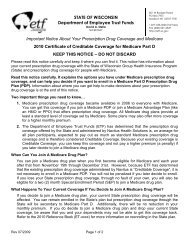It's Your Choice 2013 - Decision Guide (ET-2128d-13) - ETF
It's Your Choice 2013 - Decision Guide (ET-2128d-13) - ETF
It's Your Choice 2013 - Decision Guide (ET-2128d-13) - ETF
You also want an ePaper? Increase the reach of your titles
YUMPU automatically turns print PDFs into web optimized ePapers that Google loves.
Glossary<br />
In-network Copayment: A fixed amount<br />
(for example, $15) you pay for covered<br />
health care services such as specialty<br />
formulary prescription drugs to the<br />
provider who contracts with your PBM.<br />
In-network copayments usually are less<br />
than out-of-network co-payments.<br />
It’s <strong>Your</strong> <strong>Choice</strong> Open Enrollment Period:<br />
The annual opportunity for eligible<br />
employees and currently insured<br />
annuitants to change from one health<br />
plan to another, newly enroll or change<br />
from single to family coverage for the<br />
upcoming year without restrictions.<br />
Mandated Benefits: Benefits that are<br />
required by either federal or state law.<br />
Medically Necessary: Health care<br />
services or supplies needed to prevent,<br />
diagnose or treat an illness, injury,<br />
condition, disease or its symptoms<br />
and that meet accepted standards of<br />
medicine.<br />
Medicare: The federal health insurance<br />
program for those who are eligible<br />
for coverage due to age, disability or<br />
blindness. The original federal Medicare<br />
program provides coverage under<br />
Medicare Part A and Part B.<br />
Medicare 1 (Family Premium Rate): The<br />
rate for a family plan where at least one<br />
member is enrolled in Medicare Parts A<br />
and B (and Medicare is the primary (first)<br />
payer) and at least one family member is<br />
not enrolled in Medicare.<br />
Medicare 2 (Family Premium Rate): The<br />
rate for a family plan where all members<br />
are enrolled in Medicare Parts A and B<br />
and Medicare is the primary (first) payer.<br />
Network: The facilities, providers and<br />
suppliers your health insurer or plan has<br />
contracted with to provide health care<br />
services.<br />
Non-Preferred Provider: A provider who<br />
doesn’t have a contract with your health<br />
insurer or plan to provide services to<br />
you. In a PPO, you’ll pay more to see a<br />
non-preferred provider.<br />
Non-Qualified Plan: Health plans that<br />
offer a limited amount of providers in a<br />
county.<br />
Out-of-Network Coinsurance: In a PPO,<br />
the percent (for example, 30%) you<br />
pay of the allowed amount for covered<br />
health care services to providers who do<br />
not contract with your health insurance<br />
or plan. Out-of-network coinsurance<br />
usually costs you more than in-network<br />
coinsurance.<br />
Out-of-Network Copayment: A fixed<br />
amount (for example, $50) you pay<br />
for covered health care services such<br />
as specialty formulary prescription<br />
drugs from the provider who does not<br />
contract with your PBM. Out-of-network<br />
copayments usually are more than<br />
in-network copayments.<br />
Out-of-Pocket Limit (OOPL): The most<br />
you pay during a policy period (usually<br />
a year) before your health insurance or<br />
plan begins to pay 100% of the allowed<br />
amount. This limit never includes your<br />
premium, balance-billed charges or<br />
health care your health insurance<br />
or plan doesn’t cover. Some health<br />
insurance or plans don’t count all of your<br />
copayments, out-of-network payments or<br />
other expenses toward this limit.<br />
<strong>Decision</strong> <strong>Guide</strong> Page 91




